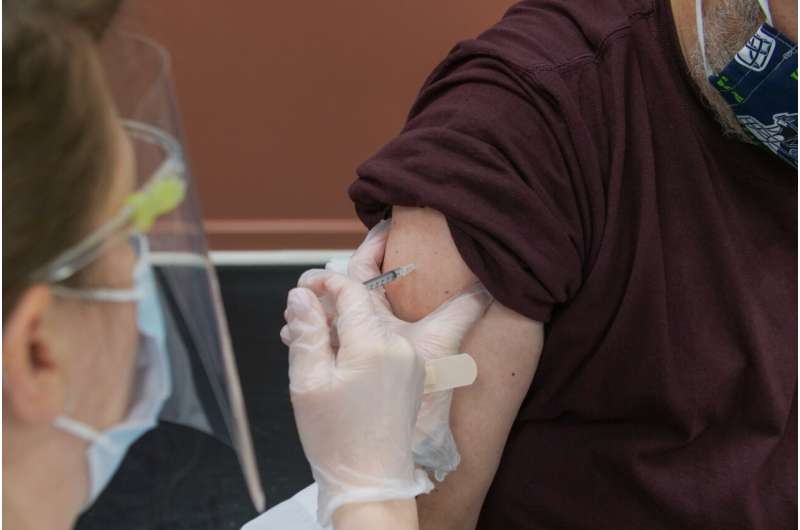
Economic growth alone may not be enough to deliver the internationally agreed target to end human deaths from dog-mediated rabies, according to new research from the University of Surrey. The study identifies that targeting vulnerable populations and improving responsible pet ownership are urgently needed to eradicate the deadly disease, which has strong associations with poverty.
In a landmark study, Surrey researchers investigated whether incidences of rabies are an inevitable consequence of poverty or whether other measures of development, such as health care access, can play a role in tackling this preventable disease. The research has been published in PLOS Neglected Tropical Diseases.
Dr. Emma Taylor, a Research Fellow in the School of Veterinary Medicine at the University of Surrey who has also recently become a Surrey Future Fellow, said, “Despite it being an entirely preventable disease, more than 60,000 people worldwide die from rabies every year. The elimination of rabies needs to be a priority, and with that, the right funding identified, and resources distributed correctly, or it will continue to be a threat to global health and devastate the most vulnerable communities. Economic growth is an important step in reducing the risk of rabies, but it cannot be the only one step to be taken.”
Transmitted through the bite of a rabid animal, the rabies virus infects the central nervous system of mammals which ultimately leads to death. Swift treatment with post exposure prophylaxis (PEP) can prevent the disease developing in people, but it can be expensive and is not universally accessible for many.
To learn more, researchers examined data from more than 100 different countries, using three measures of development to assess either the economic wealth of a country (total gross domestic product (GDP), and current health expenditure), and the proportion of deprivation experienced at the individual level (Multidimensional Poverty Index).
Researchers found no relationship between death rates caused by rabies and the GDP of a country and no significant association between health expenditure (% GDP) and rabies incidence. Interestingly, no association was found to occur between health expenditure and the probability of receiving PEP indicating that economic growth alone may not be sufficient in ensuring health care access.
However, researchers did find the higher the level of deprivation, depicted by a high MPI ranking within countries, the higher the probability that the patient would not receive PEP and consequentially the higher the death rate would be from rabies. Researchers believe that the link between MPI and rabies deaths may be due to lack of education and awareness of rabies and ability to travel to receive PEP.
Professor Dan Horton, Professor of Veterinary Virology at the University of Surrey, said, “The elimination of dog mediated human rabies in many countries shows that the goals are within our reach. However economic growth alone is not enough to achieve this goal and greater focus should be given to dog vaccinations and educating the most vulnerable about rabies.”
These results help to inform important next steps to meet the global 2030 goal of achieving zero human deaths as a result of dog-mediated rabies. The University of Surrey continues to generate evidence and contributes to the leading global partnership for rabies elimination, the United Against Rabies Forum, a collaboration with WHO, WOAH and the UN-FAO which is directly informing international and national rabies control.
More information:
Quantifying the interconnectedness between poverty, health access, and rabies mortality, PLOS Neglected Tropical Diseases (2023). DOI: 10.1371/journal.pntd.0011204
Journal information:
PLoS Neglected Tropical Diseases
Source: Read Full Article
